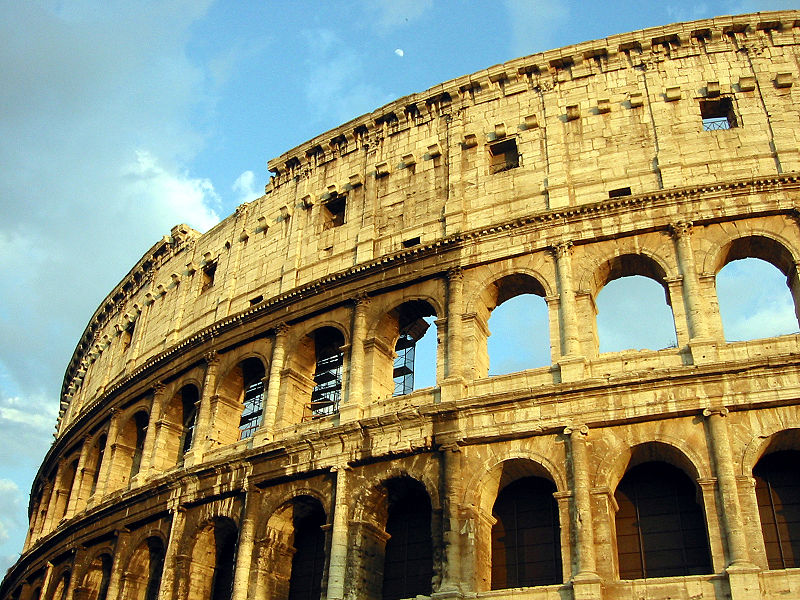Science News
Why Did Rome Fall - Weather?
January 24, 2011

By Anne Holden
What do the invention of farming, the fall of the Roman Empire, and the Black Death all have in common? Besides the fact that each represents a turning point in the history of human civilization, new research gives substantial proof to the notion that each was influenced by the weather.
In a paper published this month in Science Express, an international team of scientists used a combination of tree rings and ancient manuscripts to see if the environment may have paved the way for some civilization’s greatest successes, and some of our greatest failures.
The idea that human history has been influenced by changes in climate is nothing new. In 2005, scientist and bestselling author Jared Diamond explored this idea in his book, Collapse: How Societies Choose to Fail or Succeed. Yet despite the work by Diamond and others, high-resolution data analysis that can give us a clear picture of ancient climate patterns, and how they correlate with moments in history, has been limited.
There are plenty of historical sources that give us accounts of ancient and medieval weather patterns. But these reports can be conflicting and contradictory. There is also a wealth of tree ring data used to develop a chronology of Central Europe over the past several thousand years. But no one had thought to compare the two.
The study of tree rings, called dendrochronology, is based on the fact that trees grow in width each year. In good times, the tree will grow a lot, leaving a wide growth pattern called a tree ring. In bad times, it will grow less, leaving a narrow ring. The paper’s authors collected tree ring data for the last 2,500 years from several areas in western and central Europe. The tree ring data was so precise that they could estimate everything from annual rainfall to patterns of deforestation.
The authors then compared the tree ring data to historical written records from the past few thousand years. They found that the patterns of tree deforestation in central Europe lined up perfectly with the arrival of the Roman Empire (and its system of roads), between 300 BC and AD 200. But data from just a few decades later, between AD 250 and AD 500, showed a long period of climate instability. This instability was followed by extreme political and economic turmoil, including the fall of the Roman Empire.
The team found other correlations: warmer and wetter conditions paved the way for the Vikings of Scandinavia to expand beyond their homes into Iceland, Greenland, and even the Americas. A cold spell around the year 1300 coincides with widespread famine across Europe. Historians believe this famine was a critical factor in the spread of the Black Death in AD 1347.
This systematic study of European history reveals that neither the mighty Romans nor the civilizations followed were immune to changes in climate. The team’s results also provide strong evidence of a link between climate change and political and economic wealth. Climate change in human history has had devastating effects on social, political, and economic growth. What effects could it have on our future?
Anne Holden, a docent at the California Academy of Sciences, is a PhD trained genetic anthropologist and science writer living in San Francisco.
Image: Jimmy Walker/Wikimedia